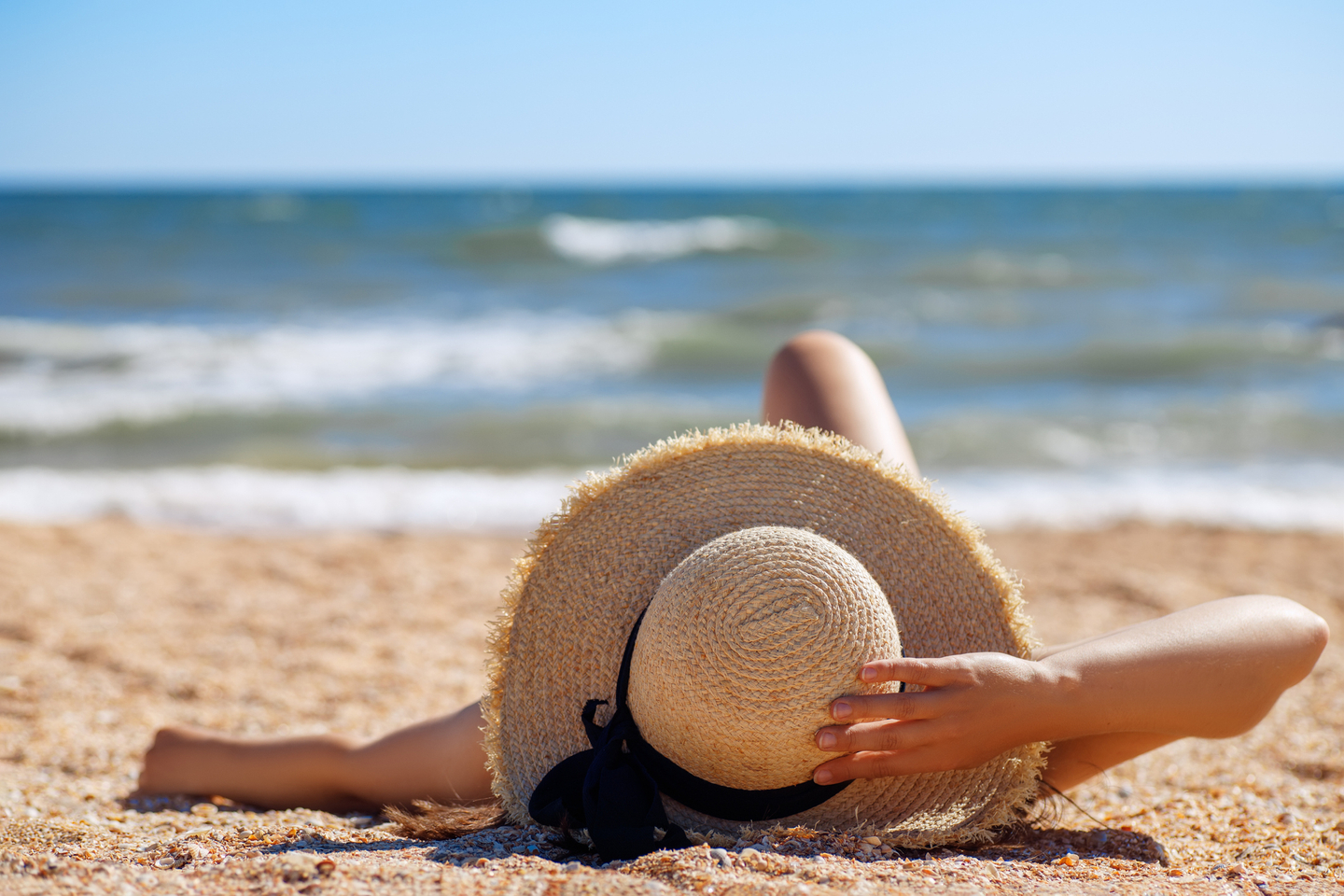With spring break just ending and the arrival of prom season, many of us have either gotten a tan or are planning to. But with many people arguing for and against tanning, the real question is if tanning is actually bad for you. In this article, I will go in depth to find out if that summer glow is actually worth it.
Tanning: What is it?
Tanning is the process in which the skin darkens (tans) after exposure to ultraviolet light (UV) from the sun or artificial sources. This exposure causes increased production of melanin in an attempt to prevent injury from harmful rays, depending on the intensity of UV radiation. The UVI is a scale that predicts and measures the intensity of ultraviolet radiation, ranging from 1 to 11+, depending on the UV Index. Tanning beds work similarly to the sun in the sense that they have UV bulbs that produce UVA and UVB rays once turned on. Tanning beds tan the skin faster because their rays penetrate the skin directly.
UV Rays
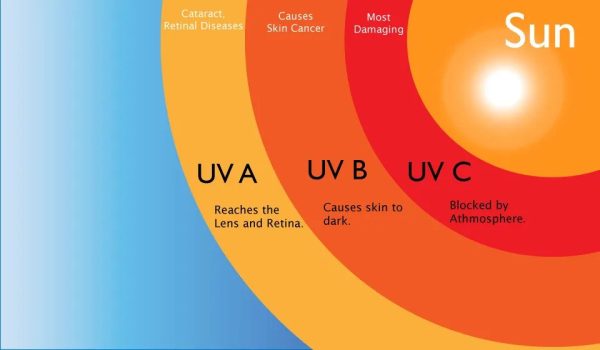
There are 2 types of ultraviolet rays: UVA and UVB. UVA rays, with a wavelength of 315-399nm, are not absorbed by the ozone layer, making them the primary source of ultraviolet radiation on Earth. UVB rays, with a shorter wavelength of 280-314nm, do not penetrate the skin as deeply as UVA rays but have more energy, affecting the outer layers of the skin.
Affected skin
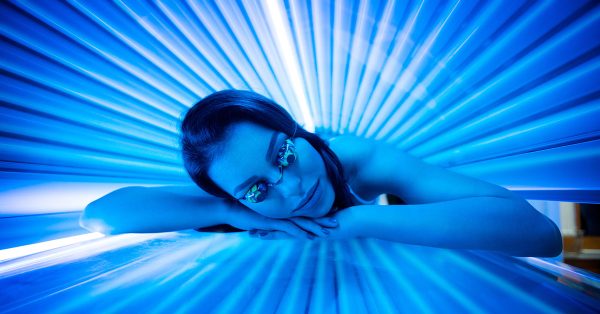
Tanning directly affects the epidermis, the outermost layer of the skin. This layer is primarily affected and burned by UVB rays. The dermis, the second layer of the skin, consisting of follicles, nerves, and glands. Finally, the subcutaneous tissue comprises the third layer of the skin. Skin cancer is the most common cancer in the United States, divided into melanoma and non-melanoma categories. Tanning increases the risk of melanoma, squamous cell carcinoma, and basal cell carcinoma. These cancers often form on the head, face, arms, and neck as these areas are most exposed to UV radiation.
Myths
There are many common myths surrounding tanning. One of them is that tanning is safe as long as you don’t get burnt. This is false, as UV ray exposure adds up over time and increases the likelihood of skin cancer over time.
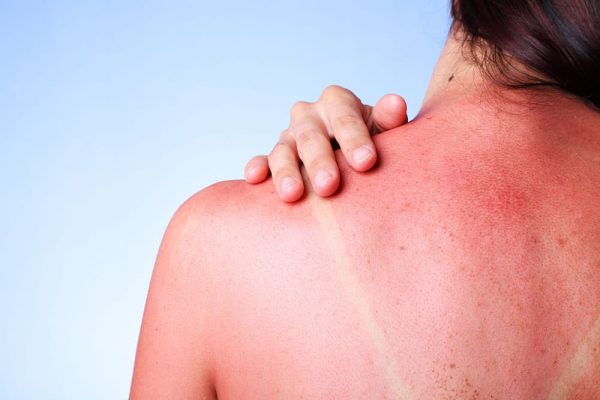
It is often believed that tanning beds are safe because they’re artificial. This is also false. Tanning beds are the most likely to increase your risk of developing melanoma. Tanning beds also lack the sun’s natural benefits such as vitamin D.
Many people get a base tan first to prevent a sunburn. A base tan, caused by exposure to UV rays, won’t protect you from the same exposure later on. The extra melanin in a base tan works about the same as SPF 3.
Darker skin tones can’t get sunburned. Contrary to popular belief, any skin tone can tan, get sunburned, and develop skin cancer. While the higher levels of melanin are less likely to be as affected by UV radiation, there is always a risk.
How can you protect yourselves?
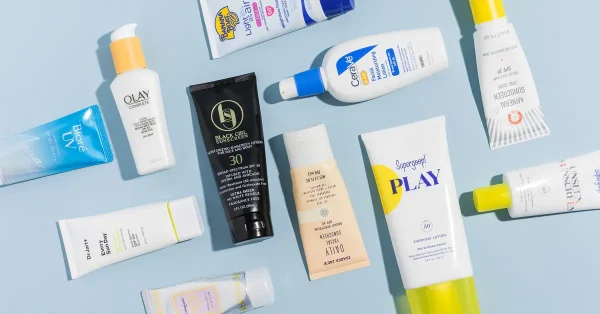
Protecting your skin from the sun can be easier than you think. Throughout the day, you can simply stay in the shade, especially around noon when the UV Index is typically the highest. You can also apply a broad-spectrum sunscreen everyday to block both UVA and UVB rays. A couple highly-rated sunscreen brands are Banana Boat, Supergoop!, and EltaMD. Finally, thin clothing, hats and sunglasses work well to block the sun.
Still want to get that summer glow?
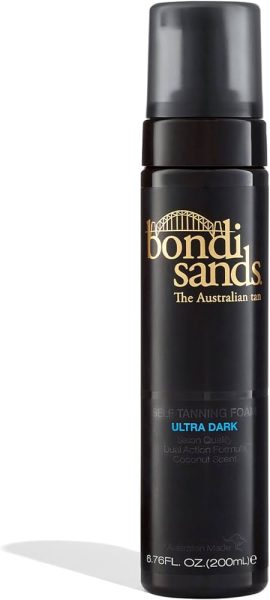 Don’t worry, you still have many options. There are many UV-free tanning products you can choose from, such as Bondi Sands Self Tanning Foam or L’oreal Sublime Bronze. These creams and lotions copy the look of a tan, without the same risks. Some of these products contain dihydroxyacetone, which gives your skin that golden stain. Spray tans are also a quick and easy way to get a tan. If you really want to obtain that summer glow, you simply need to make sure that you’re making safe choices. Wear sunscreen, give your skin a break, and don’t over-do it.
Don’t worry, you still have many options. There are many UV-free tanning products you can choose from, such as Bondi Sands Self Tanning Foam or L’oreal Sublime Bronze. These creams and lotions copy the look of a tan, without the same risks. Some of these products contain dihydroxyacetone, which gives your skin that golden stain. Spray tans are also a quick and easy way to get a tan. If you really want to obtain that summer glow, you simply need to make sure that you’re making safe choices. Wear sunscreen, give your skin a break, and don’t over-do it.
Work Cited:
Cancer Council. https://www.cancer.org.au/iheard/is-it-true-that-if-you-dont-get-burnt-you-wont-get-skin-cancer
WebMD. https://www.webmd.com/beauty/what-to-know-tanning
Utah County Health Department. https://health.utahcounty.gov/online-tanning-certification-course/what-causes-tanning-of-the-skin/
Centers for Disease Control and Prevention. https://www.cdc.gov/nceh/radiation/ultraviolet.htm
Tanning – the Skin Cancer foundation. https://www.skincancer.org/risk-factors/tanning/
Ny Times 11 Best Sunscreens. https://www.nytimes.com/wirecutter/reviews/best-face-sunscreens/


